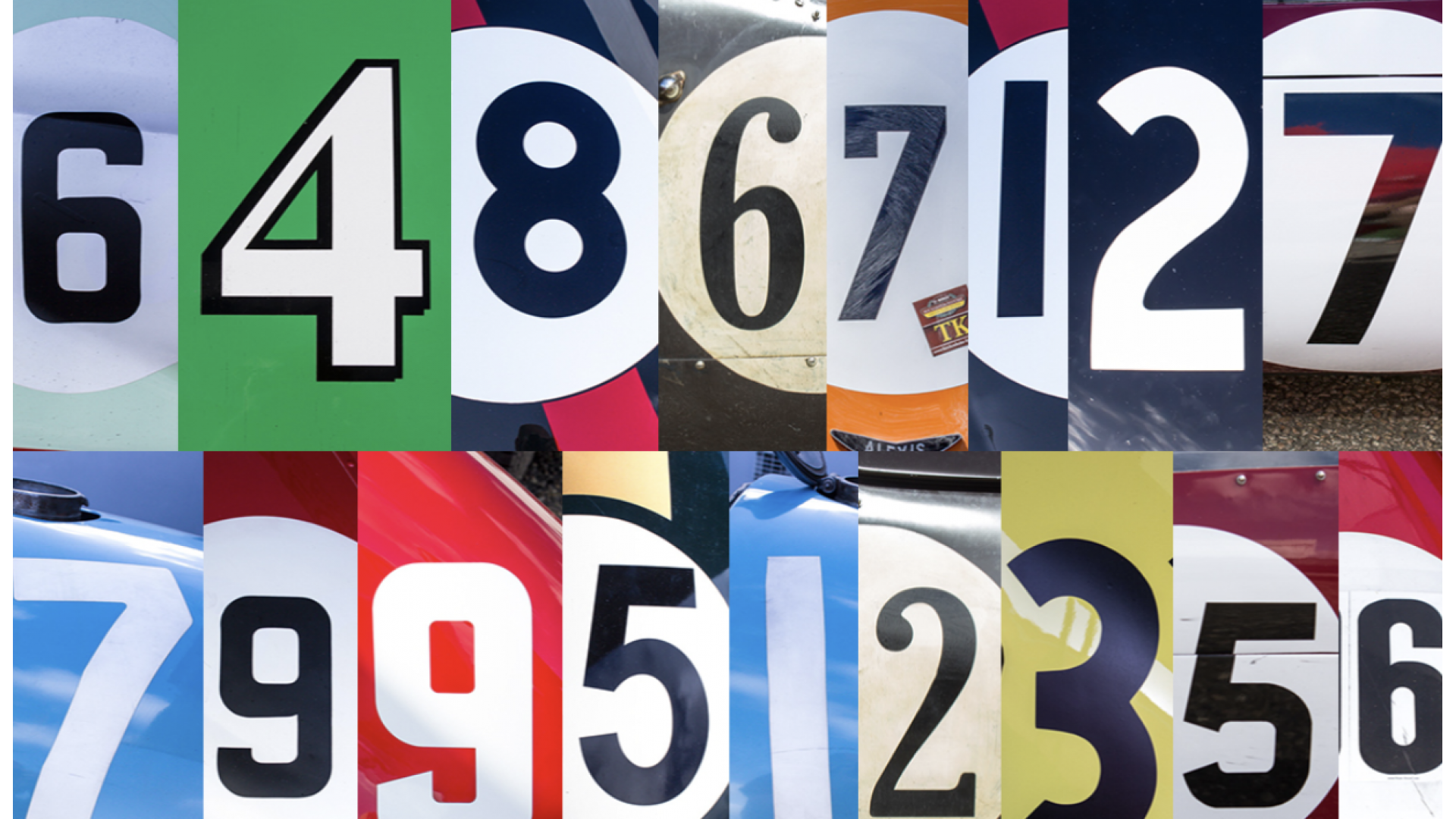In the adrenaline-fueled world of motorsports, every detail on a race car serves a purpose, including the iconic door numbers. These numbers, often adorned with vibrant colours and unique designs, play a crucial role in identifying vehicles on the track and capturing the essence of competition. Join us as we embark on a journey through time to explore the rich history and significance of door numbers on race cars.
Early Origins: The tradition of numbering race cars dates back to the early days of competitive racing. In the late 19th and early 20th centuries, as motorsports gained popularity, organisers sought a method to distinguish between competing vehicles. Thus, door numbers emerged as a practical solution, providing spectators, officials, and drivers with a clear means of identification during races.
Functional and Stylistic Evolution: As racing evolved, so did the design and placement of door numbers on race cars. In the early years, numbers were often hand-painted or applied using adhesive vinyl decals. However, as technology advanced, teams began incorporating more elaborate designs, integrating numbers seamlessly into the overall livery of the car. From bold fonts to intricate graphics, door numbers became an integral part of a race car's aesthetic appeal, reflecting the team's identity and sponsorships.
Regulatory Standards: With the growth of organised motorsports leagues and governing bodies, regulatory standards for door numbers were established to ensure consistency and clarity on the racetrack. These standards dictate factors such as size, placement, and colour contrast to enhance visibility and readability for spectators and officials. Adhering to these regulations became a crucial aspect of race car design, emphasising the importance of clear identification in the fast-paced world of racing.
Cultural Significance: Beyond their practical function, door numbers hold cultural significance within the motorsports community. They serve as a symbol of a driver's identity and achievements, becoming synonymous with their racing career. Fans often associate specific numbers with legendary drivers and iconic moments in racing history, further cementing the enduring legacy of door numbers in the collective consciousness of motorsports enthusiasts.
Modern Innovations: In the modern era of motorsports, technology has revolutionised the way door numbers are displayed on race cars. LED displays and digital panels have replaced traditional decals, offering teams greater flexibility in showcasing sponsor logos, dynamic graphics, and real-time information. While these innovations represent a departure from tradition, they continue to uphold the fundamental purpose of door numbers: clear and effective vehicle identification on the racetrack.
Conclusion: From humble beginnings to modern innovations, the history of door numbers on race cars is a testament to the evolution of motorsports and the enduring legacy of competition. Whether hand-painted or digitally displayed, these numbers symbolise more than just a means of identification – they encapsulate the spirit of racing and the pursuit of excellence on the track. As we look to the future of motorsports, one thing remains certain: the tradition of door numbers will continue to be a vibrant and integral aspect of the racing experience for generations to come.


